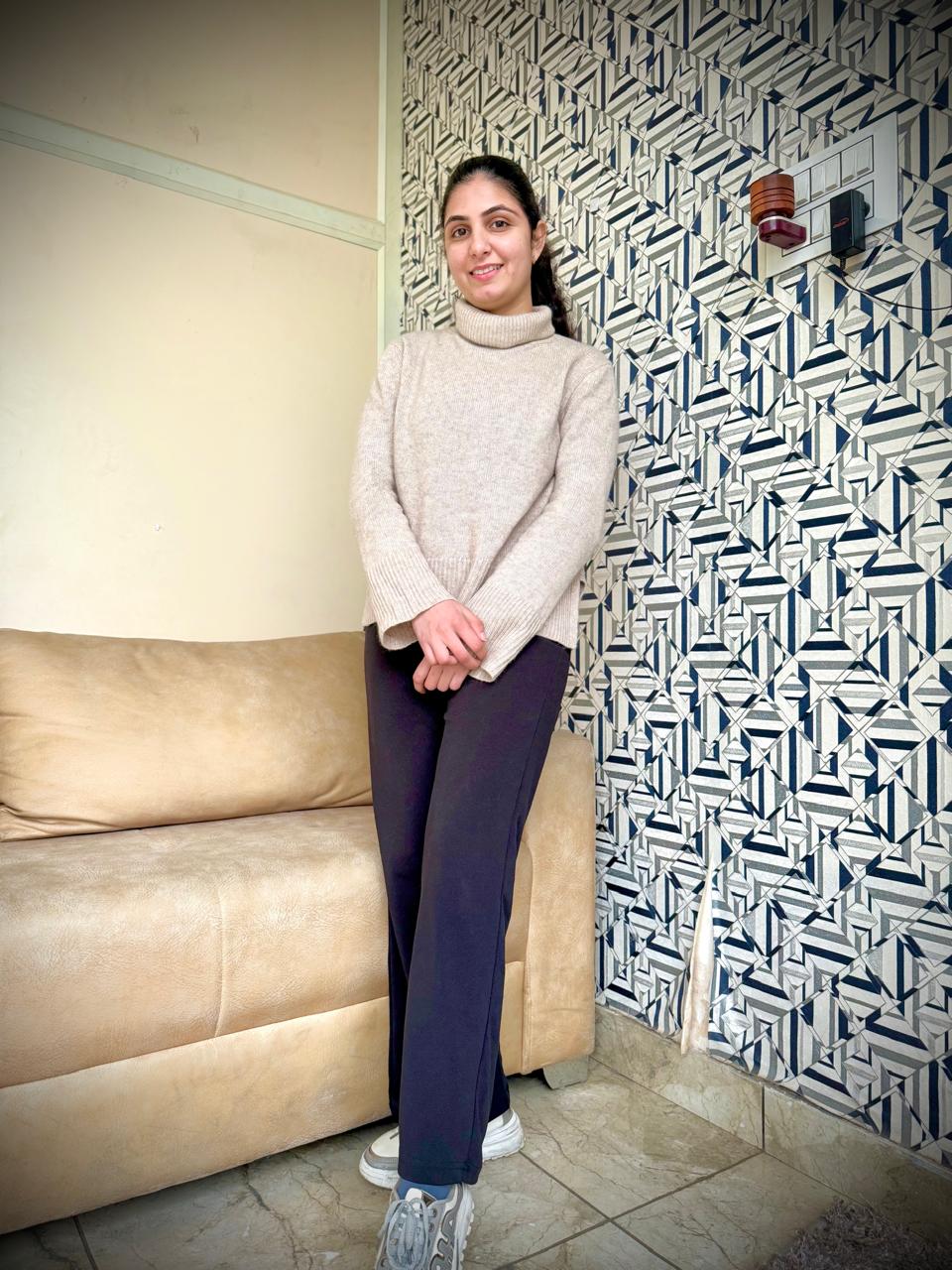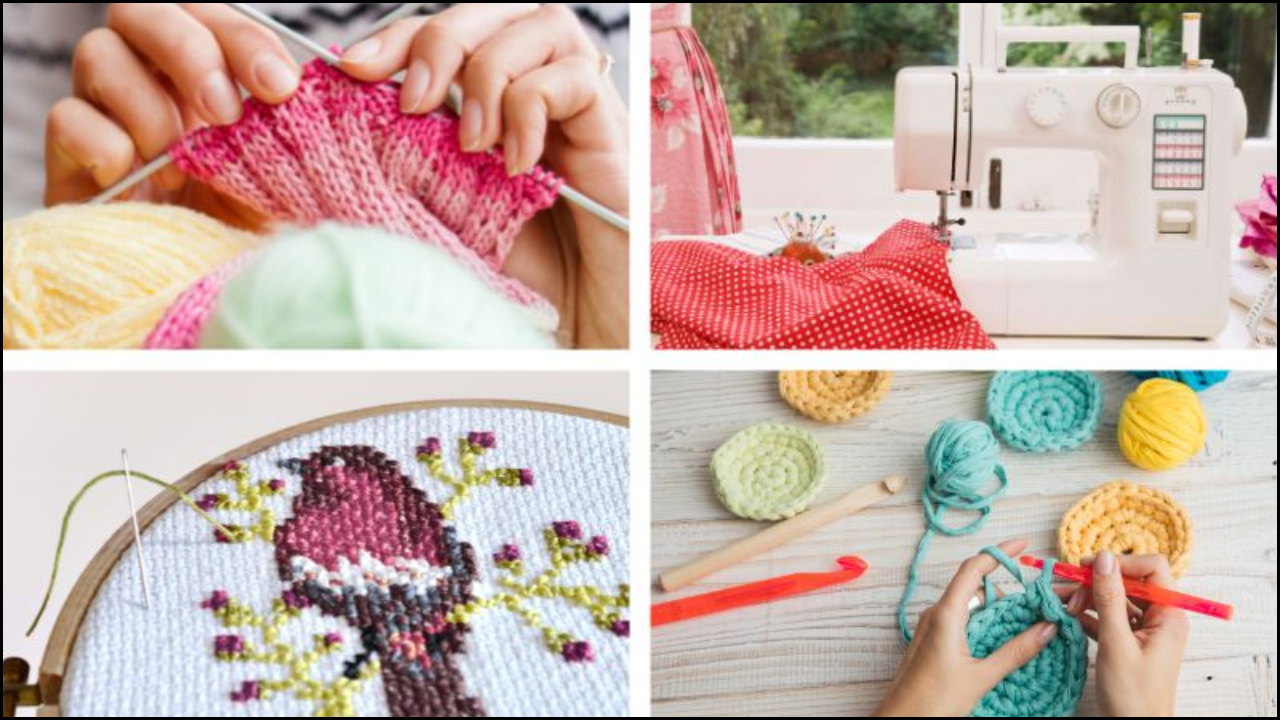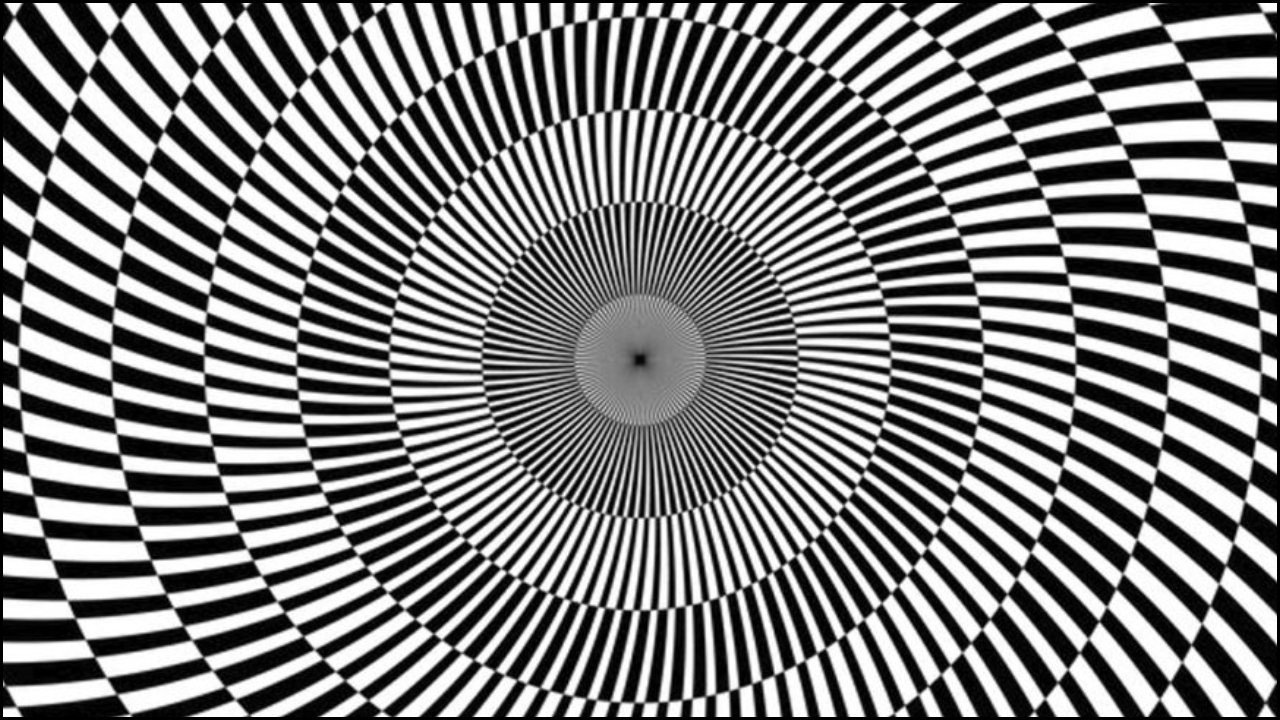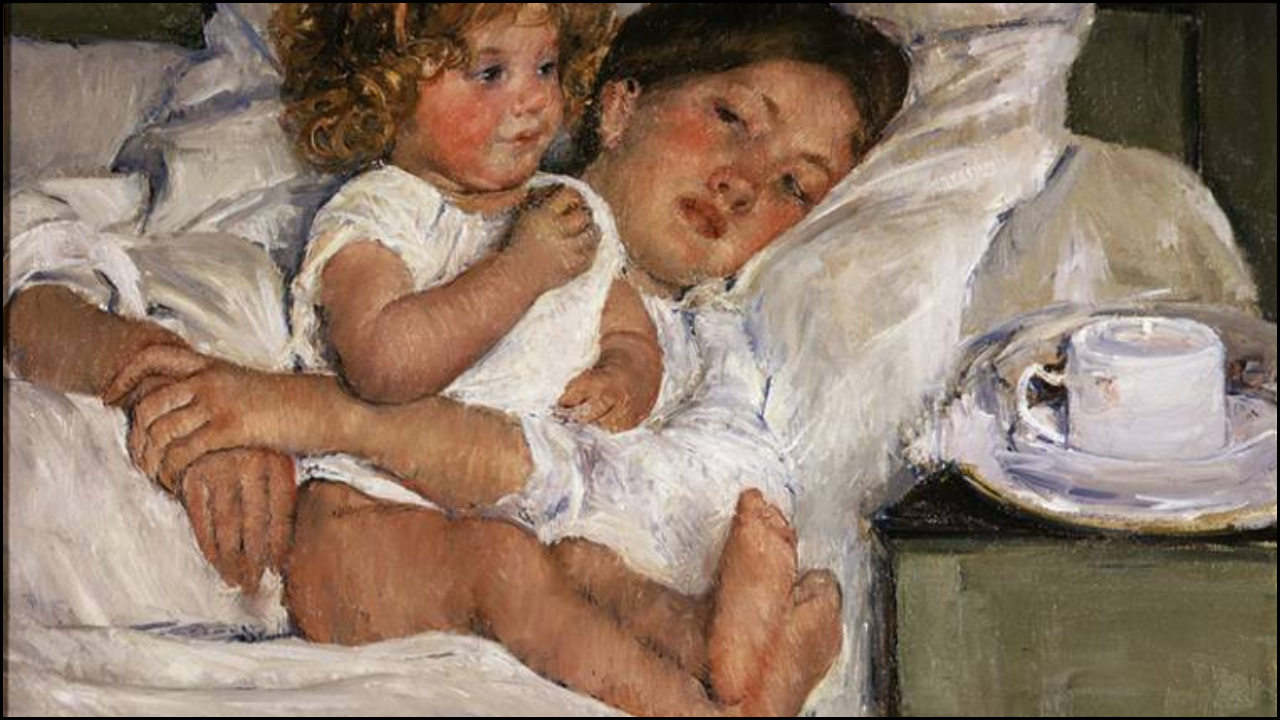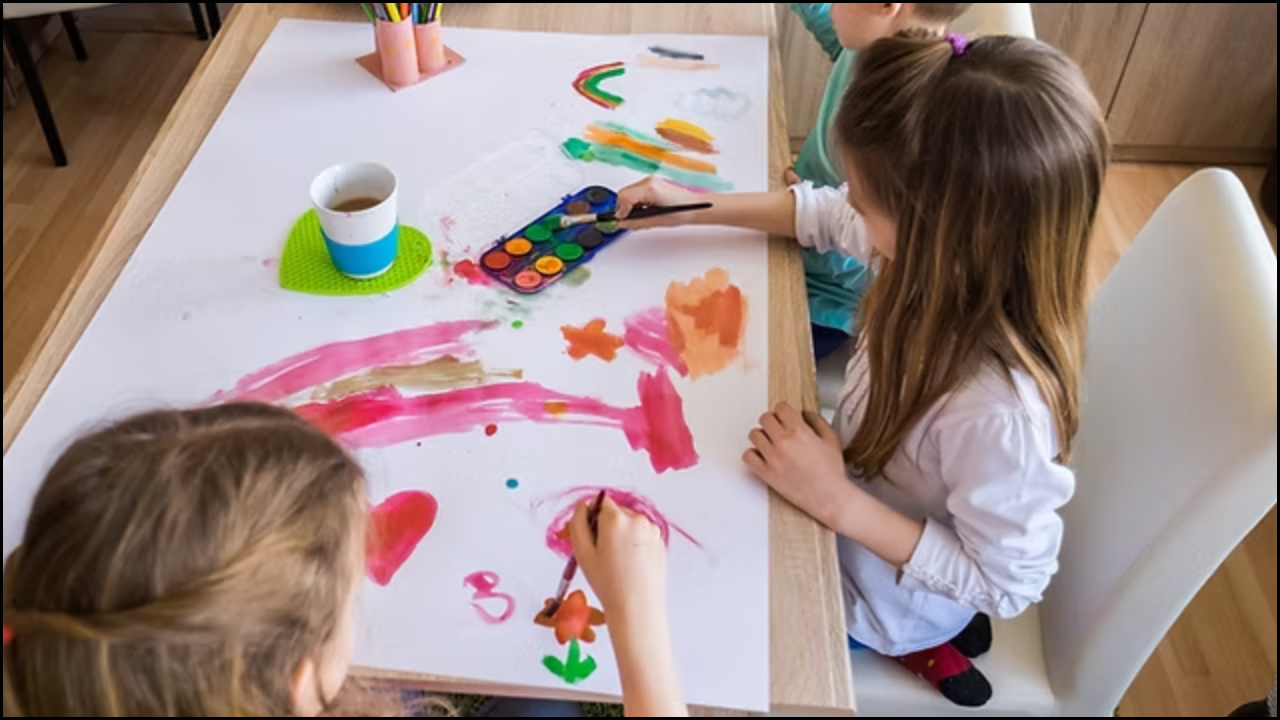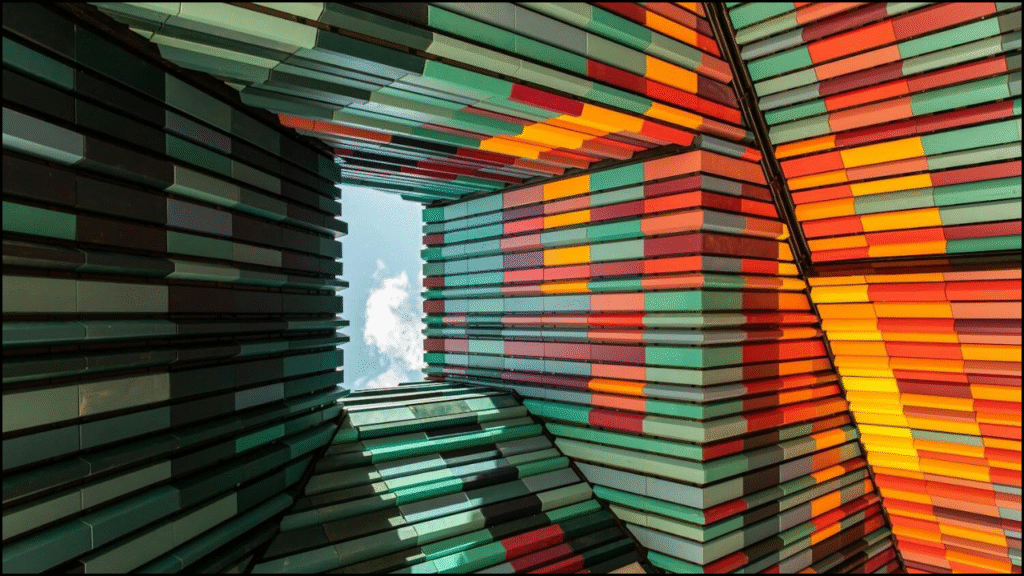
Fiber art represents a unique and expressive form of artistic creation, combining texture, color, and technique to convey meaning. Repetition and rhythm stand as fundamental elements within fiber art, shaping patterns, movement, and the viewer’s visual experience. These elements not only enhance aesthetic appeal but also communicate cultural, emotional, and structural significance. This article explores the role of repetition and rhythm in fiber art, highlighting their impact on design, perception, and artistic expression through detailed examples, tables, and bullet points.
Patterns play a central role in fiber art, with repetition creating harmony and continuity across woven, knitted, or stitched pieces. Rhythm introduces movement, guiding the observer’s eye through a deliberate sequence of shapes, lines, and colors. Artists use these principles to communicate balance, narrative, and emotion, transforming functional objects into visual stories. Understanding the interplay between repetition and rhythm allows for a deeper appreciation of fiber art’s aesthetic and symbolic dimensions.
Table of Contents
Repetition in Fiber Art
Definition and Importance
- Repetition: The repeated use of elements such as shapes, lines, colors, or textures in a design.
- Importance:
- Establishes visual consistency and unity.
- Enhances pattern recognition in the human eye.
- Reinforces cultural motifs and traditional techniques.
- Creates a sense of predictability and comfort for the observer.
Applications of Repetition
- Woven Textiles: Repeated weft and warp threads generate structured patterns.
- Knitting and Crochet: Stitch repetition builds intricate textures and motifs.
- Embroidery: Recurrent stitches form geometric, floral, or abstract designs.
- Tapestry and Rug Making: Repeated motifs tell stories or represent symbols.
Effects of Repetition
- Visual Cohesion: Establishes a consistent structure across large pieces.
- Psychological Impact: Repetition can evoke calmness, stability, or ritualistic significance.
- Symbolic Meaning: Cultural or spiritual meanings often rely on recurring patterns.
Rhythm in Fiber Art
Definition and Importance
- Rhythm: The organized movement or flow created by repeating elements with variation in spacing, color, or texture.
- Importance:
- Guides the viewer’s eye across the artwork.
- Introduces dynamic energy within static materials.
- Creates contrast, emphasis, or pauses for visual interest.
Types of Rhythm
| Type | Description | Example in Fiber Art |
|---|---|---|
| Regular Rhythm | Elements repeat at consistent intervals | Evenly spaced stripes in weaving |
| Alternating Rhythm | Two or more elements alternate in a pattern | Checkerboard knitting patterns |
| Progressive Rhythm | Elements gradually change in size, color, or shape | Gradient embroidery designs |
| Flowing Rhythm | Elements curve or move naturally across the fabric | Wavy stitching or flowing yarn arrangements |
| Random Rhythm | Elements repeat unpredictably, creating spontaneity | Free-form fiber art quilts |
Interaction of Repetition and Rhythm
- Complementary Roles: Repetition provides structure while rhythm introduces movement.
- Pattern Creation: Repetition establishes motifs, and rhythm organizes their sequence.
- Visual Balance: Rhythm prevents monotony, making repeated elements visually engaging.
- Narrative Function: Repeated motifs combined with rhythmic variation tell stories or convey time progression.
Techniques Leveraging Repetition and Rhythm
Weaving Techniques
- Plain Weave: Alternating weft and warp create uniform repetition.
- Twill Weave: Diagonal rhythm enhances movement perception.
- Patterned Weave: Repetition of motifs arranged rhythmically conveys storytelling.
Knitting and Crochet Techniques
- Lace Knitting: Repetition of stitches creates a delicate rhythm and transparency.
- Cable Knitting: Twisting repeated stitches introduces a flowing rhythm.
- Granny Squares: Repetition of geometric shapes forms rhythmic quilt patterns.
Embroidery Techniques
- Running Stitch: Repetition establishes linear rhythm.
- Chain Stitch: Continuous looping creates a flowing rhythm.
- Cross-Stitch: Grid-based repetition produces structured rhythm.
Tapestry and Quilting Techniques
- Motif Repetition: Cultural symbols repeated across tapestry create narrative rhythm.
- Color Rhythm: Alternating hues or gradients guide the observer’s eye.
- Texture Rhythm: Combining smooth and rough fibers introduces tactile rhythm.
Impact on Viewer Perception
Aesthetic Experience
- Repetition establishes predictability, making the artwork easier to comprehend.
- Rhythm introduces visual interest, movement, and emotional resonance.
- Balanced repetition and rhythm create a harmonious aesthetic.
Cognitive and Emotional Effects
- Patterns with consistent repetition reduce visual stress.
- Rhythmic variation stimulates curiosity and attention.
- Cultural or symbolic rhythms evoke memory, identity, and narrative comprehension.
Case Studies
| Artist / Tradition | Medium | Repetition Usage | Rhythm Usage |
|---|---|---|---|
| Anni Albers | Woven textiles | Repeated geometric shapes | Diagonal twill introduces flow |
| Native American Beadwork | Beads on fabric | Recurrent motifs | Alternating colors create rhythmic patterns |
| Japanese Sashiko | Embroidery | Linear repetition of stitches | Flowing patterns emphasize movement |
| Peruvian Tapestry | Wool weaving | Cultural symbols repeated | Gradual size and color changes for progressive rhythm |
Contemporary Interpretations
- Experimental Fiber Artists: Use irregular repetition and unpredictable rhythms to challenge traditional expectations.
- Mixed-Media Works: Combine fibers with other materials, using rhythm and repetition to unify disparate elements.
- Digital Weaving and Design: Programmable looms use precise repetition with variable rhythm to create innovative patterns.
Practical Applications
Interior Design
- Rugs, wall hangings, and upholstery benefit from repeated motifs and rhythmic patterns to create cohesive spaces.
Fashion
- Garments leverage stitch repetition and pattern rhythm for visual impact and structural integrity.
Therapeutic Art Practices
- Fiber arts in therapy use repetitive stitching or weaving to reduce stress and promote mindfulness.
Summary of Roles and Benefits
| Element | Role in Fiber Art | Benefit to Viewer |
|---|---|---|
| Repetition | Creates visual consistency | Comfort, predictability |
| Rhythm | Guides visual flow | Engagement, movement |
| Combined Use | Balances stability and dynamism | Aesthetic harmony, narrative clarity |
| Texture Variation | Adds tactile interest | Sensory richness |
| Color Alternation | Enhances contrast and focus | Emotional and cognitive impact |
The Bottom Line
Repetition and rhythm constitute essential principles in fiber art, defining its visual, emotional, and cultural significance. Patterns formed by repetition provide stability and coherence, while rhythmic variations introduce movement and engagement. Artists employ these elements across weaving, knitting, embroidery, tapestry, and contemporary fiber practices, influencing both perception and interpretation. Understanding repetition and rhythm deepens appreciation of fiber art, highlighting its ability to communicate narrative, evoke emotion, and create aesthetic harmony. Mastery of these principles transforms ordinary fibers into extraordinary expressions of creativity and culture.

